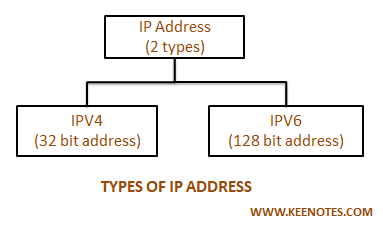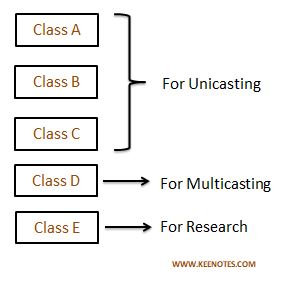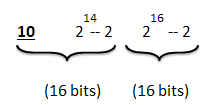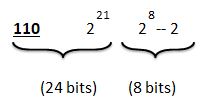
Computer Networks
It is a collection of autonomous computers for transferring the data through communication links.
LOGICAL ADDRESSING
- Communication is done with logical address
- Logical Address are also known as IP Address
- IP Addresses have range (0 – 255) where 0 is minimum and 255 is maximum

IP Addressing is done by 3 methods
- Classful Addressing
- Subnetting
- Supernetting
CLASSFUL ADDRESSING
It divides IP Addresses into 5 classes ie. A, B, C, D and E
It has 2 parts:
- Net Id
- Hosts
It supports 2-level of hierarchy

It supports 2 notations for IP addresses
- Binary (Consists of 0’s & 1’s)
- Example 10010011 11111111 00000000 11111111
- Dotted Decimal
- Example 255.255.255.10
Unicasting, in this one system transfers the data to another system
- Unicasting supported by class A, B and C
Multicasting
In this one system sends or transfers the single same data to many systems simultaneously like group mails
It supported by Class D
Class E is for research and for future use.

Class A
It is identified by 1st bit of net id
ie) If 1st bit of net id is 0, then those IP Address belongs to Class A

IP address range is (0 – 127)
ie) Min Value -> 00000000 = 0 (0.0.0.0 -> DHCP Client)
Max Value ->01111111 = 127 ie 127.0.0.1 (Loop Back)
But class A does not use 0 and 127 because these are special IP Address. So class A have IP Address in range (1-126)
In class A, number of possible networks are (2 7 -2) ie 126
and it has (2 24 – 2) host for each network
Class B
It is identified by 2nd and 1st bit of net id. id) Net Id must start by 10(first 2 bits)

Range of class B is (128 – 191)
ie) Min Value -> 10000000 (128)
Max Value -> 10111111 (191)
No of possible networks are 214 -2 and it has 216-2 hosts for each network
Class C
It is identified by 3 bits. If starting 3 bits of net id in binary notation is 110 then IP belongs to Class C

Range of class C is (192 – 223)
ie) Min Value -> 11000000 (192)
Max Value -> 11011111 (223)
Number of possible networks are 221 and host are 28-2 for each network
Class D
It is identified by starting 4 bits 1110
Range of class D is (224 – 239)
Min Value -> 1110 0000 (224)
Max Value -> 1110 1111 (239)
Class E
It is identified by 1111 (4) bits of starting net id
Range of class E is (240 -255)
ie Min Value -> 11110000 (240)
Max Value -> 11111111 (255)
We can divide 32 bits into net id and host id for class A, B, C but can’t divide bits for class D and class E into host id and net id because of multicasting
But we can identify class E and class D by IP Address
- Class C -> have minimum number of host for each network
- Class A -> have maximum number of host for each network
RSA Algorithm – Click Here
#class A #class B #class C #class D #class E #classful addressing #computer networks #ip address #logical addressing #multicasting #unicasting